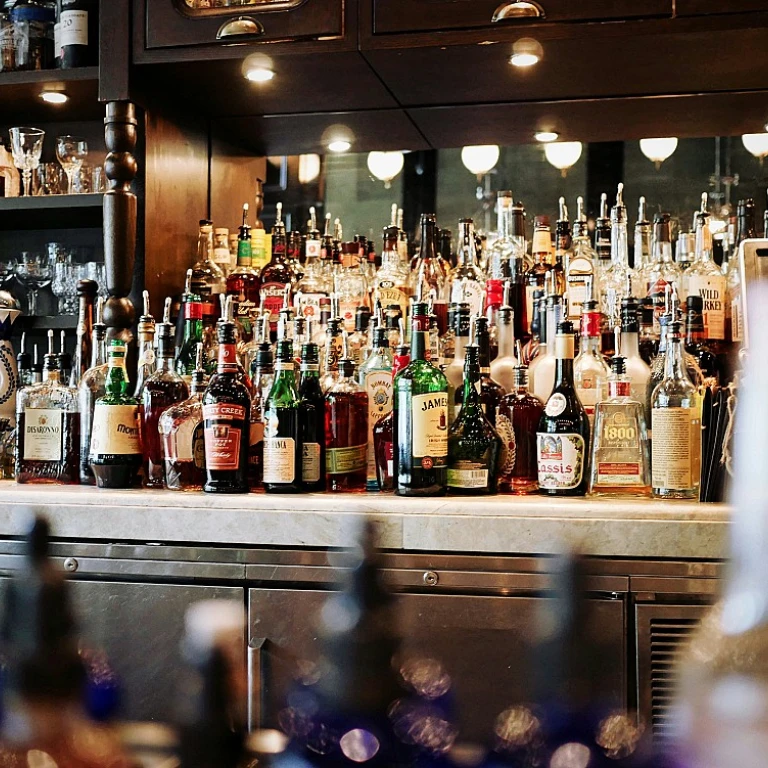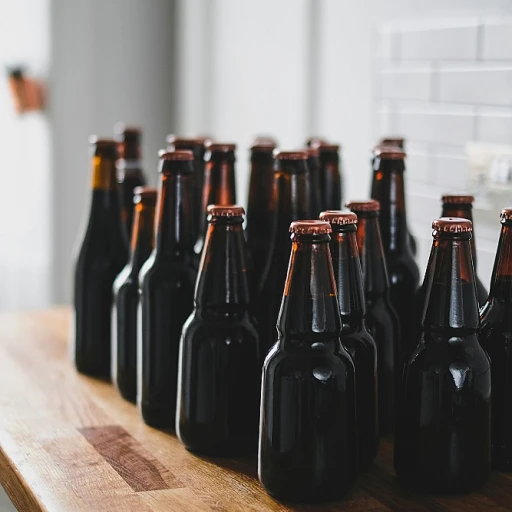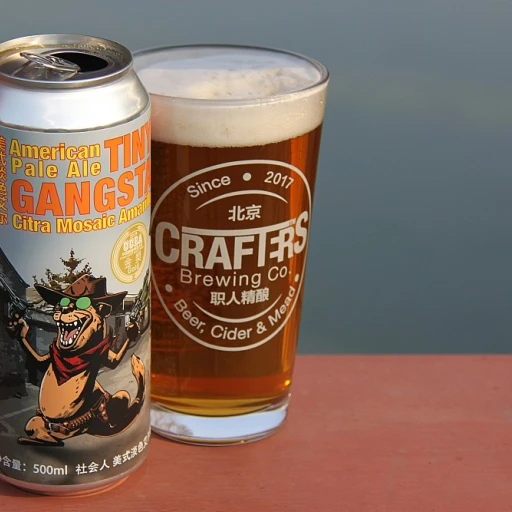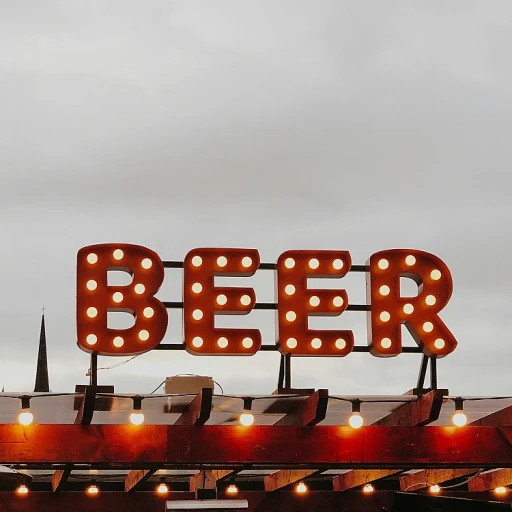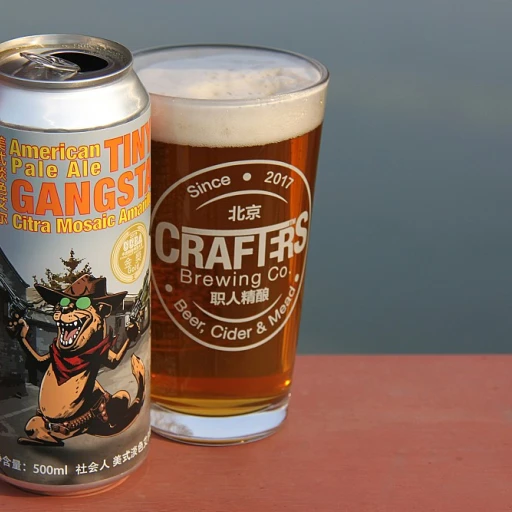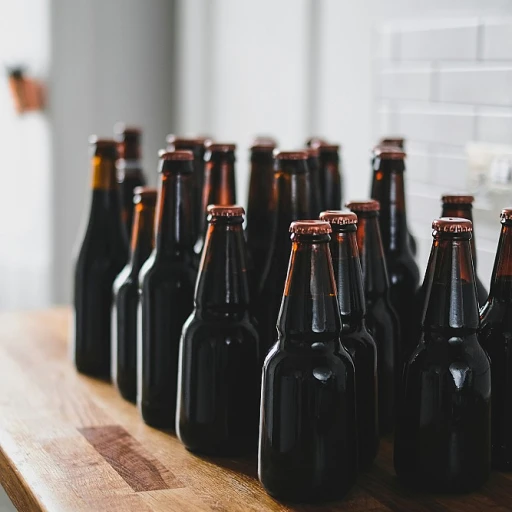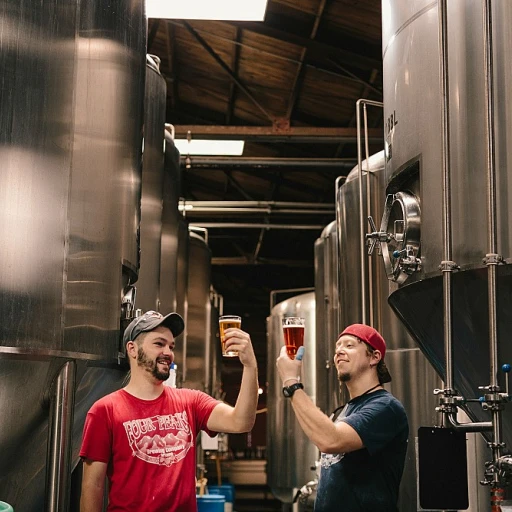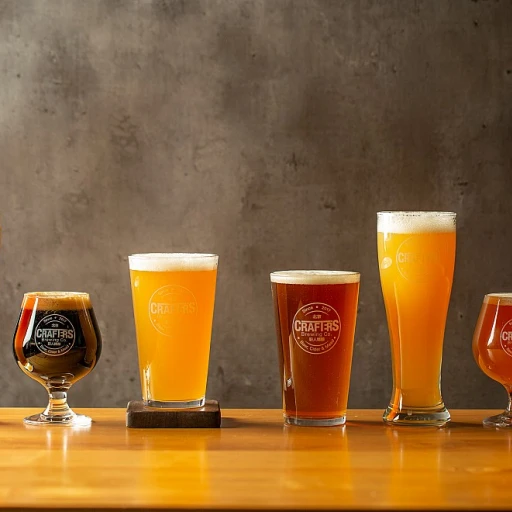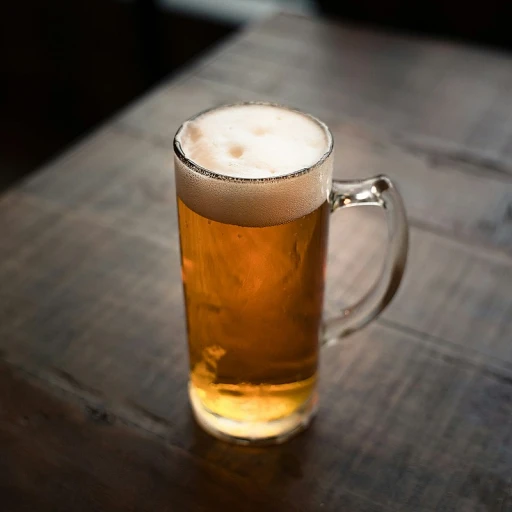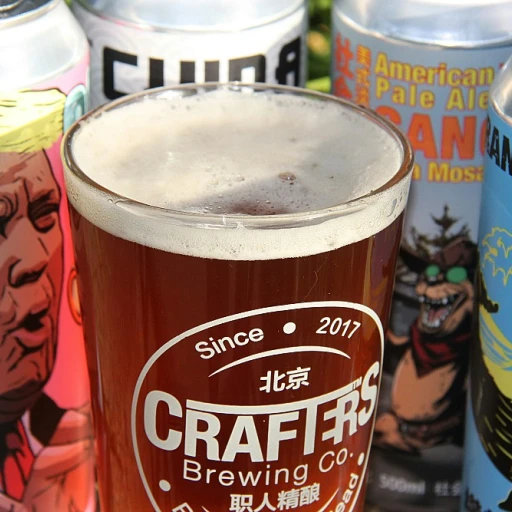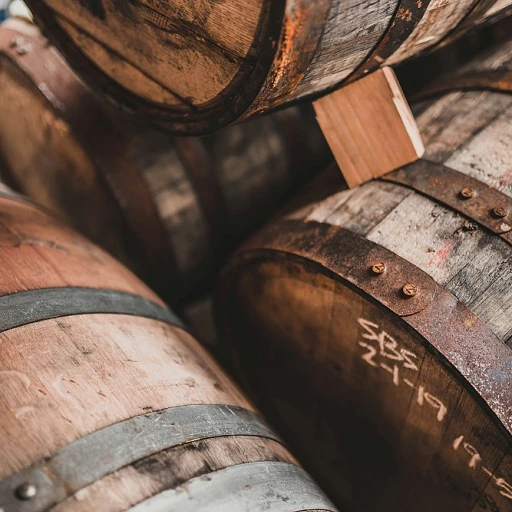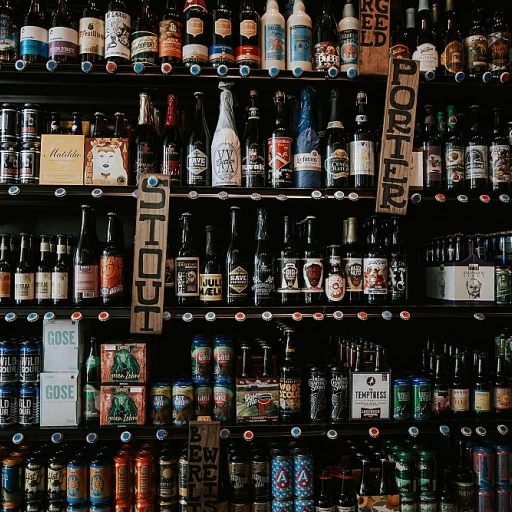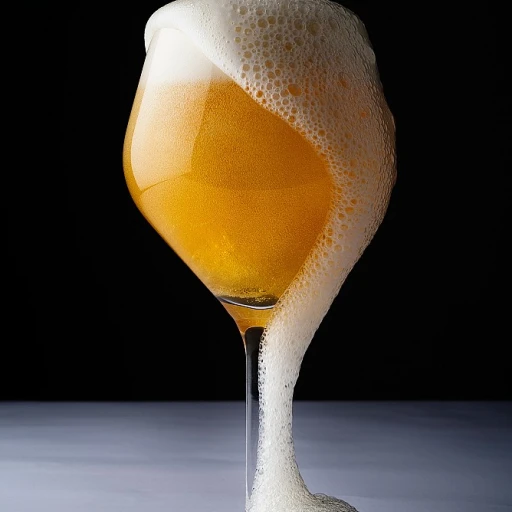
Choosing the right keg and pump for your party
Finding the perfect keg size and type
When planning your party, the first step is to select a keg that matches your guest list and beer preferences. Kegs come in various sizes, from compact mini kegs for small gatherings to full-size options for larger crowds. Consider how many people you expect and whether you want to offer a single beer style or a variety. If you’re hosting outdoors or want to keep your drinks cold for hours, check out this guide to chilling your drinks efficiently.
Choosing the right pump for your setup
The pump is just as important as the keg. Hand pumps (party pumps) are easy to use and perfect for casual events, while CO2 systems provide a more professional pour and keep beer fresh longer. Think about your serving style and how long the party will last. If you’re planning to serve over several days, a CO2 system is a smart investment.
- Mini kegs: Great for intimate gatherings or tasting sessions
- Quarter and half-barrel kegs: Ideal for larger parties
- Hand pumps: Simple, portable, and budget-friendly
- CO2 pumps: Maintain beer quality and carbonation
Once you’ve chosen your keg and pump, you’ll be ready to move on to setting up your tap system for a seamless serving experience. The right combination ensures everyone enjoys fresh, cold beer throughout your event.
Setting up your beer keg and tap system
Getting your keg and tap ready for action
Setting up your beer keg and tap system can be straightforward with a few simple steps. Whether you’re hosting a backyard barbecue or a festive gathering, a smooth setup ensures everyone enjoys fresh, cold beer all night long.
- Chill your keg: Place your keg in a tub of ice or a dedicated kegerator several hours before your event. Cold beer pours better and tastes fresher.
- Connect the pump: Attach the pump securely to the top of the keg. Make sure the coupler is locked in place to avoid leaks and maintain pressure.
- Prime the tap: Pump a few times to build up pressure, but don’t overdo it. Too much pressure can cause foamy pours.
- Test the flow: Pour a small glass to check the flow and temperature. Adjust the pressure as needed for a steady, smooth pour.
- Keep it clean: Wipe down the tap and handle before serving. Clean equipment helps preserve the beer’s flavor and aroma.
For those curious about the differences between craft and draft beer, which can influence your keg choice and setup, check out this guide to craft beer vs draft beer.
Once your system is ready, you’ll be set for a night of smooth pours and happy guests. Don’t forget to check out user reviews and product comparisons to find the best equipment for your needs, and enjoy making memories with your keg and pump!
Tips for a smooth beer pour every time
How to achieve the perfect pour
- Chill your keg properly: Make sure your keg is cold before tapping. Warm beer creates excess foam and can spoil the experience. Place the keg in ice for several hours before serving.
- Check your pump pressure: Pumping too much air too quickly can lead to foamy pours. Start with a few gentle pumps, then pour a test glass. Adjust as needed for a steady, smooth flow.
- Angle your glass: Hold your glass at a 45-degree angle under the tap. This reduces foam and helps you pour a clean, crisp pint. Once the glass is half full, slowly straighten it to finish the pour.
- Open the tap fully: Partially opening the tap can cause turbulence and foam. Pull the handle all the way for a consistent stream.
- Keep everything clean: Rinse your tap and glasses with cold water before use. Residue or soap can affect the taste and foam of your beer.
Extra tips for a great beer experience
- Use insulated sleeves or koozies to keep your beer cold once poured. This not only maintains flavor but also prevents your drink from warming up too quickly. For more on this, check out why beer bottle koozies are essential for your drink experience.
- Encourage guests to pour their own beer, but offer a quick demo to avoid spills and foam overload.
- Have extra napkins and towels on hand for any accidental drips or overflows.
With these simple steps, you’ll ensure every glass is as enjoyable as the first, making your party’s keg and pump setup a true highlight.
Real user reviews and product comparisons
What real users say about popular keg and pump options
When it comes to choosing the best keg and pump setup for your party, hearing from people who have already tried different products can be invaluable. Here’s a summary of feedback from party hosts and beer enthusiasts:- Hand-pump systems: Users love the simplicity and portability. These are easy to set up, especially if you followed the earlier setup steps. However, some mention that maintaining the right pressure can be tricky, and beer can go flat if not consumed quickly.
- CO2-powered taps: Many appreciate the consistent pour and longer-lasting freshness. These systems are praised for keeping beer carbonated throughout the event. The main downside is the initial setup, which can be a bit more technical for beginners.
- Mini kegs: Perfect for smaller gatherings, according to reviewers. They’re compact and easy to chill, but some users note that the pour can be foamy if not handled gently.
Comparing top brands and models
To help you narrow down your choices, here’s a quick comparison based on user experiences:- Party Star Deluxe: Highly rated for its reliability and ease of use. Users say it’s a great entry-level pump for casual parties.
- Kegco Kegerator Kit: Praised for professional-quality pours and durability. It’s a favorite among those who host frequent gatherings.
- Sanke D Coupler: Noted for compatibility with most commercial kegs. Reviewers appreciate the secure fit and minimal leaks.
Making memories with your keg and pump
Unforgettable moments around the tap
A keg and pump setup isn’t just about serving beer—it’s about creating an atmosphere where everyone feels welcome. The simple act of pouring a pint becomes a shared experience, sparking laughter and conversation. Whether it’s a backyard barbecue, a birthday, or a casual get-together, the keg often becomes the centerpiece, drawing guests together.- Friends gather around, eager to try their hand at the perfect pour.
- Stories are swapped as everyone waits their turn at the tap.
- Even those new to keg systems find it easy to join in, thanks to a well-chosen setup and a few helpful tips.

